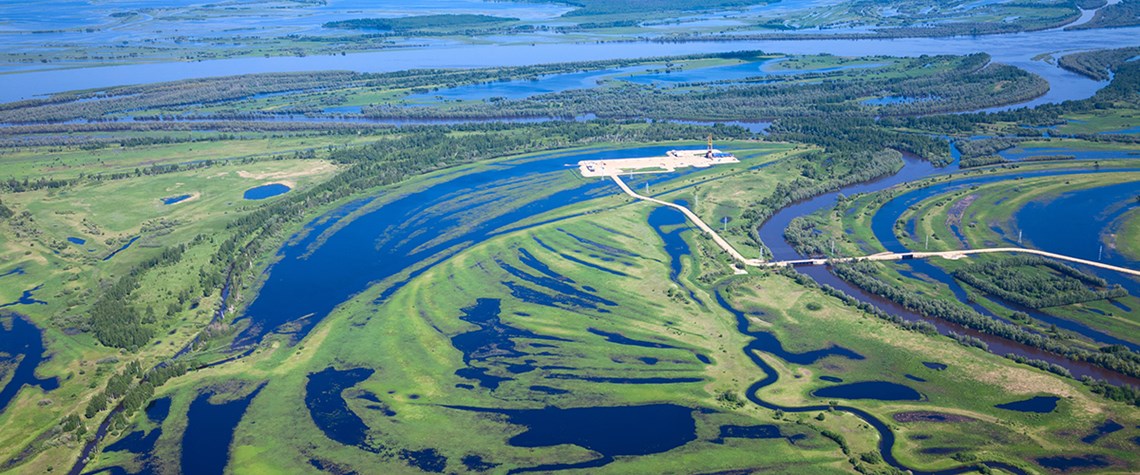Brownfield sites curb Russian growth
Producers profit from post-devaluation oil prices—but oil fields are depleting
As we had predicted in the last year's article, oil production in Russia continued to grow in 2018. According to the Russian Ministry of Energy, in 2017 oil output totalled 11mn bl/d, in accordance with the Opec agreement when Russia had to cut production by 300,000 bl/d. In the ten months of 2018 so far, output grew on average to 11.1mn bl/d. In October production exceeded the previous historic maximum of 11.4mn bl/d recorded in October 2016, just prior to the Opec deal. Production growth in 2018 was driven by the June decision of Opec to increase production to offset output losses in Venezuela, Iran, Mexico and Angola. That prompted Russia to accelerate the launch of new projects and the d

Also in this section
12 December 2025
The latest edition of our annual Outlook publication, titled 'The shape of energy to come: Creating unique pathways and managing shifting alliances', is available now
12 December 2025
The federal government is working with Alberta to improve the country’s access to Asian markets and reduce dependence on the US, but there are challenges to their plans
11 December 2025
The removal of the ban on oil and gas exploration and an overhaul of the system sends all the right messages for energy security, affordability and sustainability
10 December 2025
The economic and environmental cost of the seven-year exploration ban will be felt long after its removal







